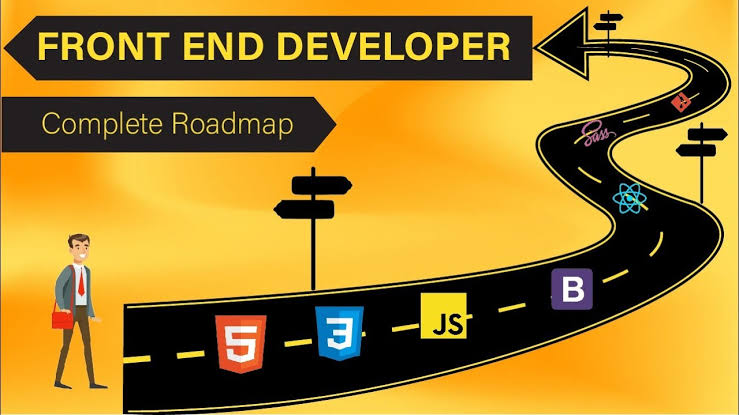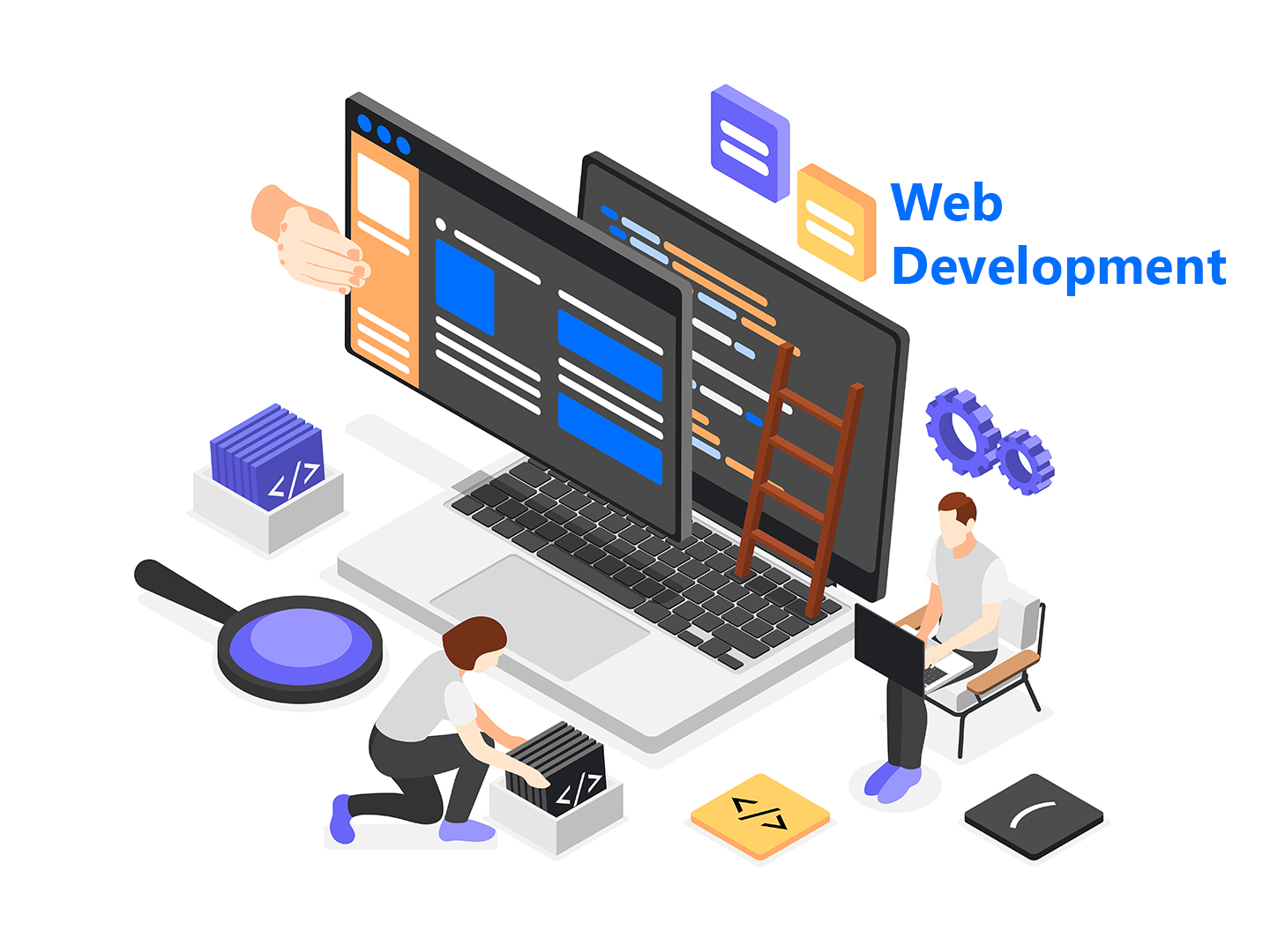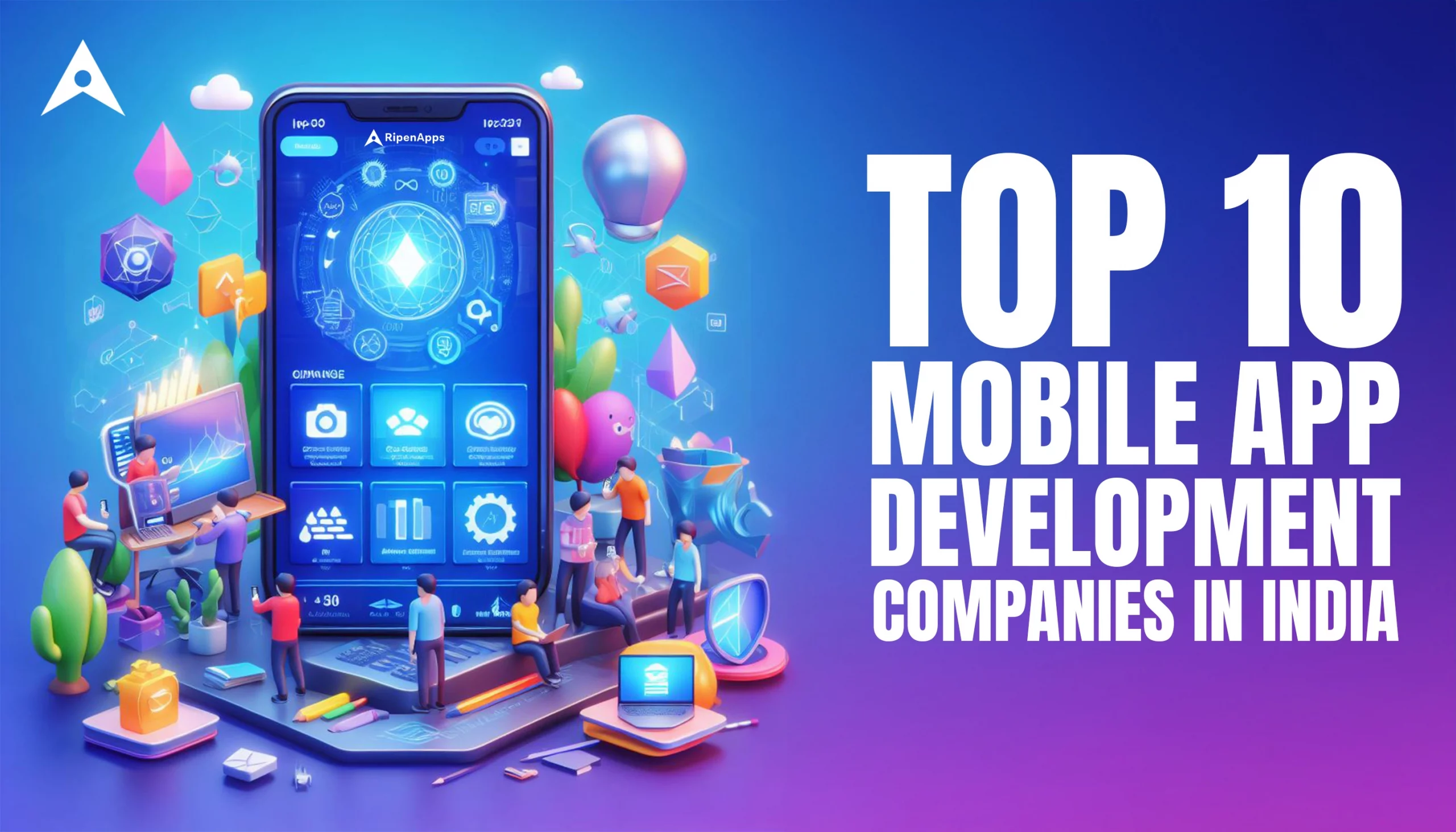
Embarking on the journey of becoming a front-end developer is akin to setting sail on an
ever-expanding digital ocean. With a myriad of technologies, frameworks, and best
practices to navigate, it's essential to chart a course that balances learning with practical
application. Here's a personalized roadmap to guide you through the exhilarating world of
front-end development:
**1. Lay the Foundation:**
Before delving into the intricacies of front-end development, it's crucial to build a solid
foundation in web technologies. Begin by mastering HTML (HyperText Markup Language)
and CSS (Cascading Style Sheets). Understand the principles of semantic markup,
responsive design, and CSS styling techniques.
**2. Embrace the Power of JavaScript:**
JavaScript serves as the backbone of interactive web experiences. Dive deep into the
language by learning its core concepts, including variables, functions, loops, and
conditionals. Explore advanced topics such as object-oriented programming, closures,
and scope. Familiarize yourself with ES6 (ECMAScript 6) features to stay updated with
modern JavaScript standards.
**3. Explore Frameworks and Libraries:**
With the proliferation of front-end frameworks and libraries, it's essential to acquaint
yourself with popular tools such as React, Vue.js, and Angular. These frameworks
streamline development by providing robust component-based architectures and efficient
state management solutions. Experiment with different frameworks to discover which
aligns best with your workflow and project requirements.
**4. Master Version Control:**
Collaboration lies at the heart of modern software development. Learn to harness the
power of version control systems such as Git, which enables seamless collaboration, code
management, and project tracking. Familiarize yourself with Git commands, branching
strategies, and repository hosting platforms like GitHub and GitLab.
**5. Enhance Your Toolset:**
As a front-end developer, proficiency in developer tools is indispensable. Familiarize
yourself with browser developer consoles, code editors such as Visual Studio Code or
Sublime Text, and debugging techniques. Explore browser extensions and plugins that
enhance productivity and facilitate code optimization.
**6. Dive into Responsive Design:**
In an era dominated by diverse devices and screen sizes, mastering responsive design is
paramount. Learn CSS frameworks like Bootstrap and Foundation, which streamline
responsive layout creation and offer robust grid systems and component libraries.
Experiment with media queries, fluid layouts, and viewport meta tags to create engaging
and accessible user experiences across devices.
**7. Prioritize Accessibility:**
Web accessibility ensures that digital experiences are inclusive and usable by individuals
with diverse abilities. Familiarize yourself with WCAG (Web Content Accessibility
Guidelines) standards and incorporate accessibility best practices into your development
workflow. Pay attention to semantic markup, keyboard navigation, ARIA (Accessible Rich
Internet Applications) roles, and alt text for images.
**8. Optimize for Performance:**
Performance optimization is a critical aspect of front-end development, influencing user
experience and search engine rankings. Learn techniques to minimize page load times,
reduce render-blocking resources, and optimize images and assets. Leverage tools like
Lighthouse and WebPageTest to assess and improve website performance.
**9. Stay Abreast of Industry Trends:**
The landscape of front-end development is constantly evolving, with new tools,
frameworks, and methodologies emerging regularly. Stay updated with industry trends by
following blogs, attending conferences, and participating in online communities such as
Stack Overflow and Reddit. Engage in continuous learning and be adaptable to change.
**10. Build and Showcase Projects:**
Theory only takes you so far; practical experience is invaluable in honing your front-end
development skills. Build a diverse portfolio of projects that showcase your proficiency
with HTML, CSS, and JavaScript, as well as your ability to work with frameworks and
libraries. Contribute to open-source projects and participate in hackathons to gain realworld experience and expand your network.
**Conclusion:**
Becoming a proficient front-end developer is a journey of continuous learning,
experimentation, and growth. By following this roadmap and maintaining a curious and
open-minded approach, you'll navigate the ever-changing landscape of front-end
development with confidence and enthusiasm. Embrace challenges, celebrate victories,
and remember that the most rewarding journeys are often the ones filled with exploration
and discovery.
---
This roadmap is tailored to provide a holistic approach to front-end development, covering
essential skills, tools, and best practices while encouraging exploration and innovation.
Embark on this journey with passion, perseverance, and a thirst for knowledge, and you'll
find yourself well-equipped to thrive in the dynamic world of front-end development.
 Best Mobile App Development Company in Delhi NCR | Oprezo India
Best Mobile App Development Company in Delhi NCR | Oprezo India
 Top Web Development Services in Delhi/NCR | Oprezo India – React JS, Angular JS, eCommerce & More
Top Web Development Services in Delhi/NCR | Oprezo India – React JS, Angular JS, eCommerce & More
 Top Mobile App Development Company in Delhi / NCR | Oprezo India
Top Mobile App Development Company in Delhi / NCR | Oprezo India
 Mobile App Development in Delhi - Android, iOS, Hybrid & Flutter | Oprezo India
Mobile App Development in Delhi - Android, iOS, Hybrid & Flutter | Oprezo India
 Why Oprezo India is the Best Web Development Partner in Delhi NCR?
Why Oprezo India is the Best Web Development Partner in Delhi NCR?